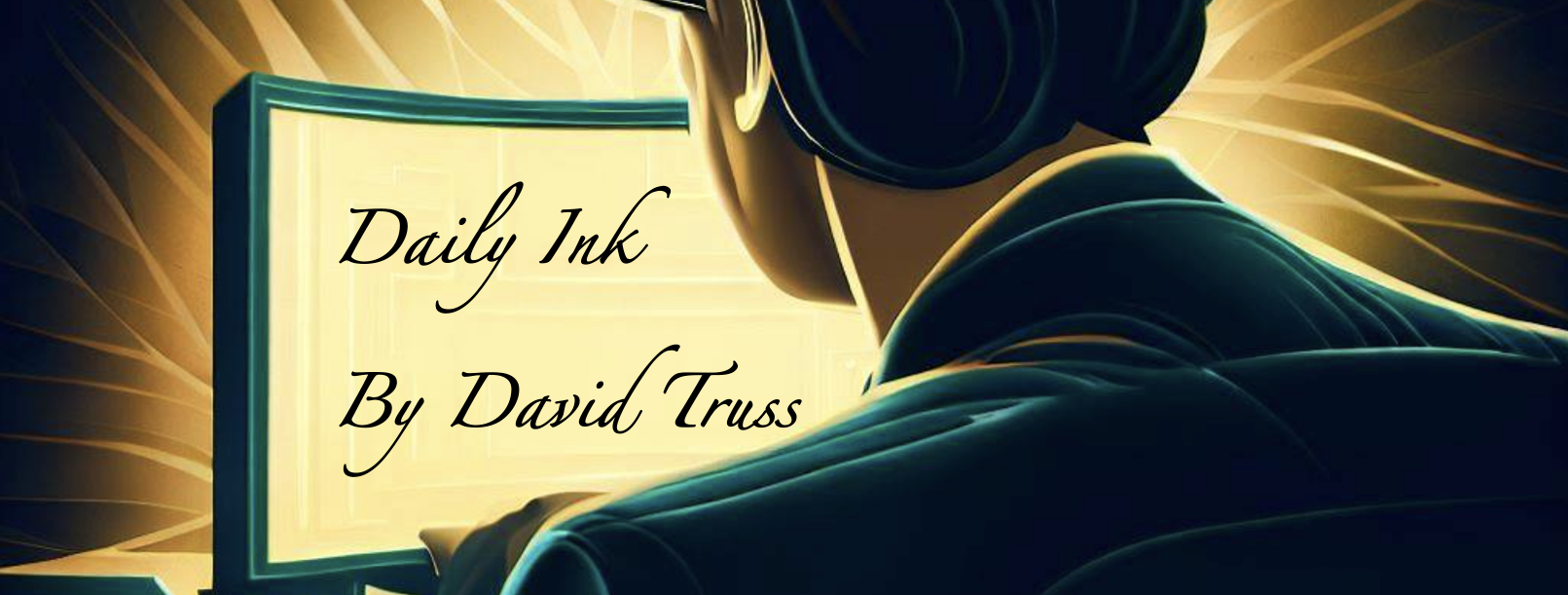I’ve had a contact form on my blog since 2007. For the last few years, this has only been used to spam me: ‘Improve your SEO’; ‘I notice the content of this page and think you’d like to backlink to us… we’ll pay you’; ‘Would you like to become a distributor for…’; and even; ‘I’m horny’ with a link to some porn, dating, or mail order bride site. I can’t remember the last time someone used it to actually contact me for any legitimate reason.
Instead of deleting my contact page, I just deleted the contact form, and the first line on the page is:
Would you like to contact me? Great! I’m @datruss on Twitter. You can also leave a comment on my daily blog, “Daily-Ink“.
Hopefully I don’t drive spammers to my blog, in which case I’ll have to change that too. It’s a shame that there is so much spam that I need to do this. I’ve read that as much as 85% of all email is spam. I think responses to contact forms would be much higher than that.
I wish there was a way to spam spammers such that their job became unmanageable. Instead of them filling our inboxes with a waste of time and energy, we should figure out a way to send them ‘smart’ spam back. If they want a back link from my site, they get hundreds of responses from hundreds of fake email addresses saying, ‘Yes I’ll add a back link to your blog’ and linking to other spammer’s websites and fake PayPal accounts. Drown them in so many fake but positive responses that they can’t determine what’s worth pursuing and what’s not.
Spam the spammers.
Without a definitive attack on their livelihood, they don’t have an incentive to stop.
But for now, they win… no more contact form from me. Fortunately, I’m pretty easy to get a hold of on social media and here on my Daily-Ink, and so while removing my contact form won’t affect people’s ability to connect with me, it will reduce how much spam comes my way.


















 m
m







